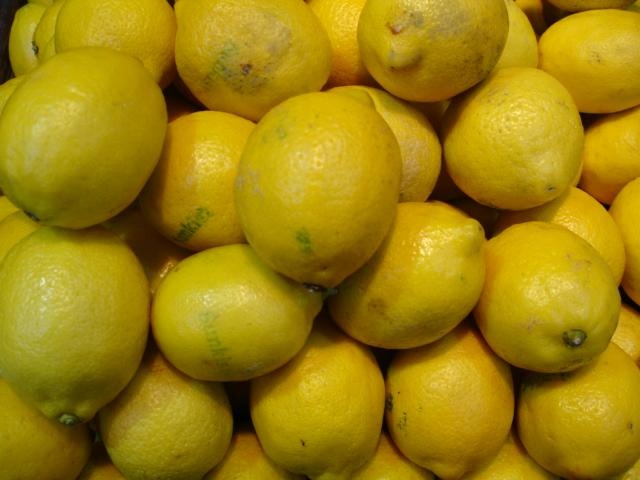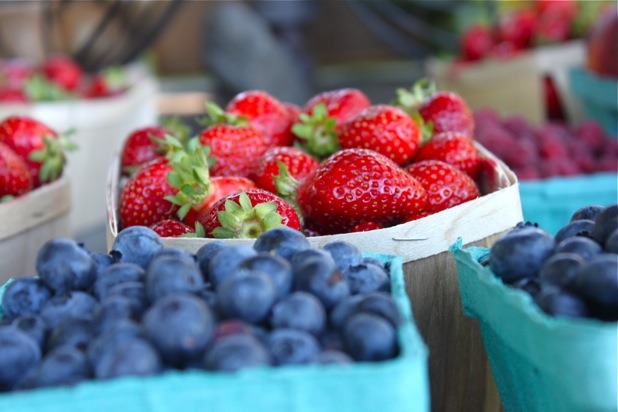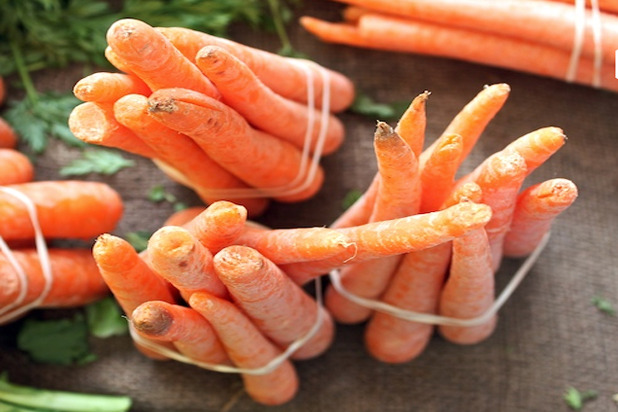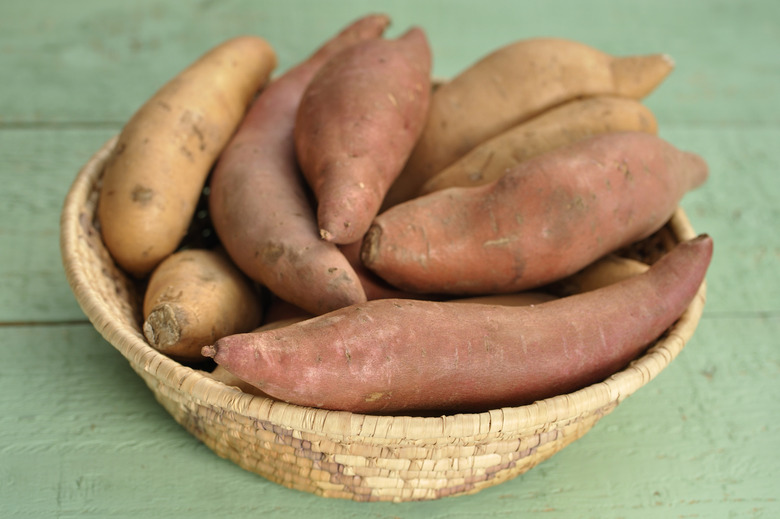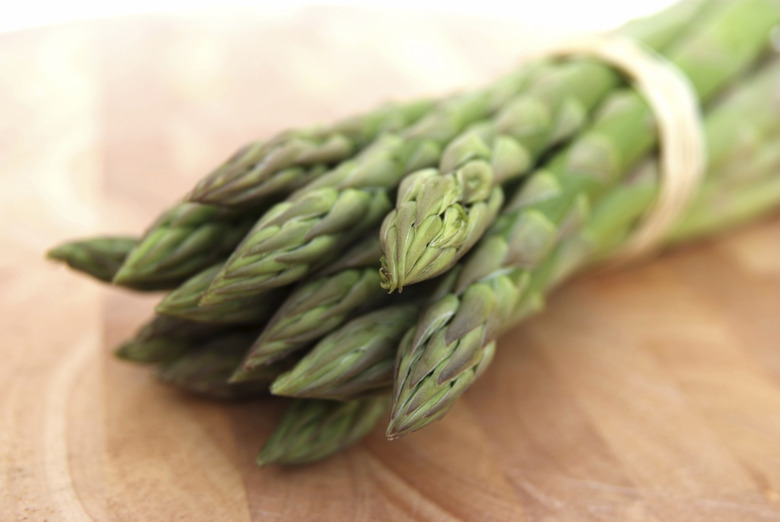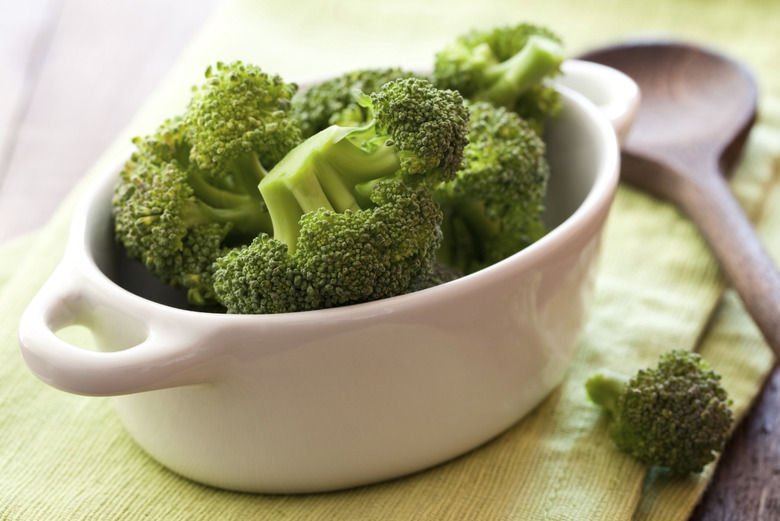Best Fruits And Vegetables For Juice Diets Slideshow
All three are great ingredients for first-time juicers to cut their teeth on — as Aronica puts it, "easy for beginners" juicing vegetables. She notes that they are "mild-tasting and have a high water content." All, she says, are reasonably good sources of vitamin C, potassium, and numerous antioxidants. A good place to start as you work your way up to the real nutrient powerhouses: dark, leafy greens.
Green, Leafy Vegetables
Spinach, kale, escarole, bok choy, collard greens, and chard are all great examples. Full of vitamins and antioxidants, Aronica confirms, "these usually top the lists in terms of nutrient content." Because some of the darker greens can be bitter (and thus difficult for first-time juicers to adjust to), she recommends starting with a milder leafy green such as lettuce.
Beets
"A great source of vitamins, phytonutrients, and antioxidants such as lutein and zeaxanthin. They have a high sugar content, which can take the bitter edge off of some of the vegetables," Aronica says. You'll often see that people recommend using the whole beet to get the most out of it — the root is high in vitamins A, maganese, and potassium, while the leaves contain beta-carotene, calcium, and iron (the last of which specifically helps eliminate toxins in the liver).
Ginger
Kelly notes that fresh ginger is a great way to add flavor (not to mention a slight kick of spice) and a plentiful source of antioxidants. What's more she says "they have a history of helping prevent upset stomach, as well as being anti-inflamatory and immune system boosting.
Lemon
Lemon is one of the easiest additions to a juice, and the citrus fruit acts as an alkalizer to the body. It adds alkaline to the digestive tract and acts as a diuretic, says Koff. It also brings balance to the body, says Calbom. "The American diet is quite acidic," she says. "Lemon helps to detoxify those acids."
Cabbage
According to Aronica, this a good source of vitamin C, B6, and folate. Some claim it can help heal ulcers because it contains high amounts of a compound sometimes referred to as "vitamin U." It's also said to have properties which aid digestive and intestinal problems. For home juicers, it's a great, cheap, readily available ingredient that can live fairly long in the fridge.
Strawberries, Cranberries, and Blueberries
All great for adding sweetness to your juices. Specifically, Aronica notes that blueberries are an "antioxidant powerhouse" and that cranberries contain proanthocyanidins, which can prevent UTIs. The acids in cranberries help flush out fat deposits in the body, "especially the ones that are hard to get," while the enzymes boost metabolism, says Calbom. Strawberries are recommended as a good source of vitamin C, as well as anthocyanins, a potent antioxidant that is anti-inflammatory.
Wheatgrass
"While there's certainly nutrition to be had in a wheatgrass, it's not the miracle food it was touted to to be for a while," clarifies Aronica. Still, it is high in chlorophyll and contains vitamins B, C, E, K, B17, and folic acid. Only digestible once juiced because of its high cellulose content, it's recommended that beginners limit consumption to ounce in a day. More experienced juicers can have up to four ounces.
Carrots
"They're very high in beta-carotene, an antioxidant that is turned into vitamin A in the body," Aronica explains. Plus, she says, their "very high" natural sugar content helps sweeten a juice and make it more palatable. A popular base for many juices, according to The Juice Fasting Bible's Sandra Cabot, M.D., the vegetable's other benefits include: eyesight improvement (from vitamin A), acting as a liver cleanser, and promoting skin health.
Pomegranate
"They're very high in beta-carotene, an antioxidant that is turned into vitamin A in the body," Aronica explains. Plus, she says, their "very high" natural sugar content helps sweeten a juice and make it more palatable. A popular base for many juices, according to The Juice Fasting Bible's Sandra Cabot, M.D., the vegetable's other benefits include: eyesight improvement (from vitamin A), acting as a liver cleanser, and promoting skin health.
Garlic
You may be thinking, "Garlic and onions in juice? Gross!" Skepticism is understandable, but consider this: both are rich in antioxidants and offer great immune-boosting power. But as Aronica is quick to note, "a little goes a long way in terms of flavor, especially raw. Definitely go easy."
Parsnips
This underrated juice ingredient is not only naturally sweet, it also contains fewer calories than carrots. Aronica points out that they contain B vitamins, potassium, and vitamin C the last two being essential for healthy skin. Mixes well with apples, celery, and spinach.
Dandelion Leaves and Stinging Nettles
Bitter greens are the up-and-comer in juices, say Calbom and Koff. They help cleanse the liver and kidneys, making them the perfect addition for a detox juice. "Theyre so great for detox, but you dont often eat them on their own," says Koff. "Theyre easy to add to a juice." To avoid the bitter taste, Calbom suggests adding coconut water to help sweeten the taste. Then, add in apples for more flavor, plus cucumber if you want to dilute it more.
Sweet Potatoes
The good news about sweet potatoes? They're loaded with beta-carotene and carotenoids, antioxidants that battle free radicals in the body, and they offer protection against strokes and cancer. The bad news? The starch is chock-full of carbohydrates — which could be bad, especially if you're juicing to lose weight. "When [they're] put into juice, [carbs] become a quick sugar, which doesn't need to be broken down," says Koff. "So if you're spending your day sitting down in an office, it'll go straight to your butt and belly." Make sure your juice has only about one to two servings of carbs to avoid carbo-load. Another tip: Don't drink the juice right away, and instead let it sit out for about 45 minutes, says Calbom. The starch will settle at the bottom so you don't taste the grainy texture. She makes her sweet potato juice with almond milk, pumpkin pie spice, and avocado.
Chili Pepper
You may be thinking, "Garlic and onions in juice? Gross!" Skepticism is understandable, but consider this: both are rich in antioxidants and offer great immune-boosting power. But as Aronica is quick to note, "a little goes a long way in terms of flavor, especially raw. Definitely go easy."
Asparagus
Asparagus helps the liver and acts as a diuretic, says Calbom. Its rich in folic acid, which boosts enzyme production for detox and glucose release, and contains asparagine, which reduces bloating. "What I do is use the stems, the part that you usually throw away," she says.
Broccoli
Don't be afraid of adding these cruciferous veggies into your next juice — they pack a ton of phytonutrients that can prevent cancer. "I like to use broccoli and cauliflower stems in my juices," says Calbom. "You won't even taste it."
